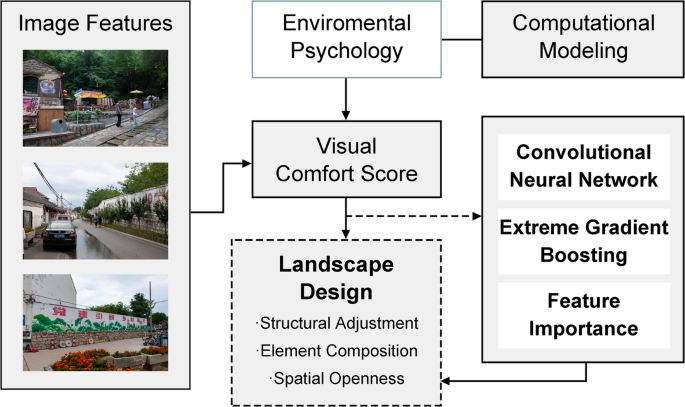What to do if your bank hasn’t reduced your home loan interest rate, despite 50 bps repo rate cut by RBI?

However, this policy shift hasn’t translated into equal benefits for all borrowers. Many existing home loan borrowers have only seen marginal reductions—typically between 10 to 25 bps—in their lending rates, even though the RBI has cut 50 bps in total. This mismatch continues to frustrate borrowers, prompting a familiar question: why aren’t banks fully passing on the rate cut benefits?
Raoul Kapoor, co-CEO, Andromeda Sales and Distribution Pvt Ltd, says, “This is not a new concern. The RBI has repeatedly urged banks to transmit rate cuts more efficiently to end consumers. Yet, banks remain swift in hiking lending rates when repo rates increase, and comparatively sluggish when rates are reduced.”
“The explanation lies in the structure of banks’ funding. When the repo rate increases, banks’ borrowing costs rise instantly, prompting them to pass the burden to customers to protect their margins. On the other hand, when the repo rate drops, banks still carry liabilities like fixed deposits that continue to earn higher interest rates for a period, preventing a quick reduction in their average cost of funds. Consequently, the benefit of rate cuts is passed on slowly, if at all.”
It depends on the type of loan you have.
Another key reason your interest rate might not be falling could be due to the type of interest rate benchmark your loan is linked to. Broadly, home loans in India are benchmarked to one of the following:
Repo Linked Lending Rate (RLLR)/External Benchmark Rate (EBR): Directly linked to the RBI’s repo rate. Introduced in October 2019, this system ensures faster transmission of policy rate changes.
Marginal Cost of Funds Based Lending Rate (MCLR): A prior system with slower transmission of rate changes.
Retail Prime Lending Rate (RPLR): Used primarily by housing finance companies, often less transparent and slower in reflecting policy shifts.
If your loan is still linked to MCLR or RPLR, you may not have received the full benefit of recent repo rate cuts.
You must choose the right lender. While interest rate is the most critical criterion for selecting or continuing with a loan, it’s not the only one. You should also evaluate:
The spread over the repo rate
Processing and administrative fees
Prepayment terms and associated penalties
Quality of customer service
The lender’s reputation for transparency and policy transmission
Choosing a lender with a customer-friendly structure and responsive service can make a significant difference in the long run.
“To take advantage of lower rates, first check which benchmark your home loan is currently linked to. If it’s not already linked to the repo rate, consider switching to an RLLR-based structure,” says Kapoor. According to RBI guidelines, banks must offer borrowers the option to switch and are required to send reminders.
The process usually involves a nominal fee. “For instance, HDFC charges either 0.25% of the principal outstanding or ₹5,000 plus taxes (whichever is lower). SBI offers a switch for ₹1,000 per account. This small fee could result in substantial interest savings over the loan tenure,” said Kapoor.
If switching within the same bank doesn’t offer sufficient benefit, you can explore balance transfer options to another lender offering lower rates and better service. But weigh the total costs, processing fees, legal charges, and changes in tenure before committing. Alternatively, use a competitive offer as leverage; your current lender may match it to retain its business.
link






